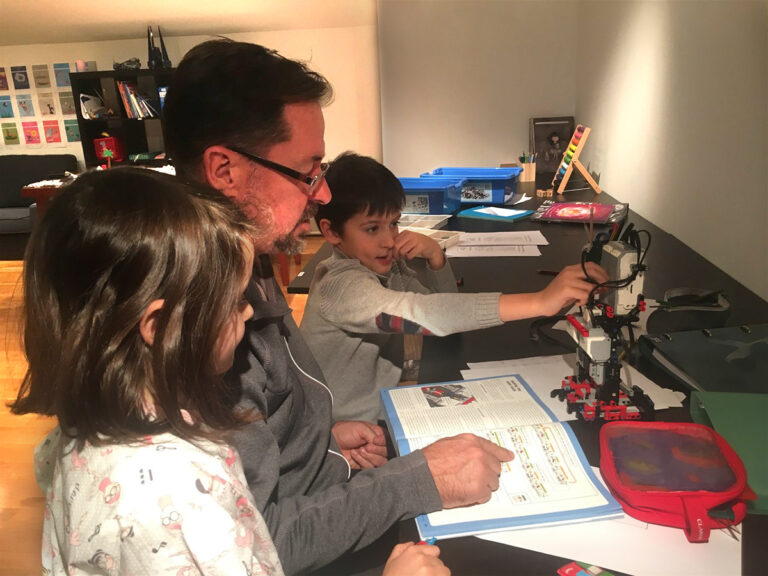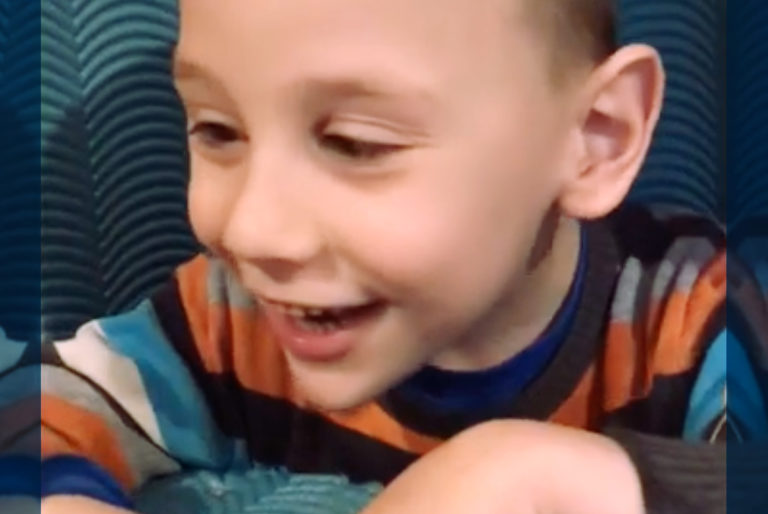YouTube: Parental Warning
Unintended, Potential Harmful and Addictive Effects of YouTube on Children and Young Adults with Developmental Issues
by Bob Doman
 Who would have thought that one of the potentially most harmful “tools” available to our children was something as educational and entertaining as YouTube? For many children and young adults with developmental issues, it is.
Who would have thought that one of the potentially most harmful “tools” available to our children was something as educational and entertaining as YouTube? For many children and young adults with developmental issues, it is.
Our work at the National Association for Child Development involves working with the whole child and all aspects of their development. From sleep and diet, to reading and cognition, to social function and behavior, to how they spend their day and how they entertain themselves. Our job is essentially to see where all the pieces are, how they are fitting together or not, and how to work with the family and the child to maximize the child’s function and potential.
We work internationally with the full range of children. From those with severe brain injuries, to those on the autism spectrum, to genetic issues such as Down syndrome, to learning and attention problems, as well as “typical” and talented children. Working with this broad range of children provides us with an opportunity to gain many insights, not the least of which are what tools can be used to our benefit or that can become harmful. For many children, particularly, but not exclusively those with developmental issues, YouTube can have a negative to devastating effect on their global function, wellbeing, and development.
When the iPad first came out, I heralded it, and still do, as both a tremendous developmental and educational tool and source of entertainment. For many children with developmental issues, we finally had an instrument that served as an entire portable toy box and toolbox, an instrument that taught them everything from cause and effect and how to isolate and use their index finger, to how to speak (NACD Apraxia apps) and to think (NACD Cognition Coach apps), therapeutic videos, and an almost endless list of educational and entertaining content and access to a world’s worth of information.
For many parents of our lower functioning children, having something that their child could engage with all by themselves was a godsend. Not many children are going to sit by themselves and entertain themselves putting rings on a post. With the tens of thousands of apps for young children, it was a fairly easy task to find apps that the child enjoyed and to follow a progression of apps that push and follow the child’s development. For an educator and a developmentalist, the iPad and subsequent tablets are certainly some of the greatest inventions ever.
One of the amazing effects of the iPad was how quickly children learned how to use it, and not only use it, but navigate and control it. I have been amazed to watch children with severe handicaps and typical kids as young as two and three navigate and find everything they want on their device, often better than their parents. This facility of children to navigate has, however, created some unintended issues.
For many children one of the favorite and most preferred functions of the iPad is to use it as a vehicle to watch YouTube videos. How some children who can’t even read are able to navigate and find specific videos is rather amazing, but many do it and they do it well.
I first became aware of the issue with YouTube with our children on the autism spectrum. Many of these children have a tendency to get stuck on specific things, with videos being at the top of the list and with music coming in a close second. For more than forty years, I have been hearing parents tell me that their autistic child would watch the same video over and over. Not over and over like four or five times, but over and over like many hundreds of times. I was also hearing of children who, if they had control of a VCR or disc player, would keep rewinding and watching little snippets of the video over and over. What we came to realize was that the children memorized these videos or snippets and would get a huge endorphin rush every time what they anticipated happening did in fact happen. Quite simply, they became addicted to the video or their favorite parts of the video. Why else watch it over and over and over again? In some cases, the addiction was so strong that there was nothing, including eating, that the child would voluntarily do over feeding their video addiction. As it turns out, the iPad and YouTube provided the perfect pairing for creating and feeding the children’s addictions.
One of the issues for many children on the autism spectrum is lack of eye contact and not being present. For many of these children their ability to visualize, think in pictures, is exceptional; and if they become addicted to a video or a specific event, they can “watch” that event over and over again in their mind. If you are visualizing, thinking in pictures, you cannot really simultaneously process what you see well enough to engage in the moment, in the real world properly or to be entirely present. As an example imagine (but don’t really do it) driving on a freeway in rush hour traffic and computing something like 379 plus 86 in your head. Most of you to complete this task would need to picture, or visualize, the numbers to do the computation. Guess what you wouldn’t be doing while completing the problem? Would you believe watching the road. The more mental ammunition these children have to visualize, often the less present and engaged they are. This issue has become exacerbated for many children because of YouTube.
YouTube is the perfect vehicle for these children. It offers an endless variety of short videos that the child can easily locate, stop, go back to their “spot,” and revisit as often as needed. Many of these kids also find related videos easily as well. One of the favorite subjects for some of the children on the spectrum is roller coasters. This has to do with the imbalance between their central and peripheral vision and an attraction to movement and edges, which roller coasters abound in. Some of the children become amazingly talented at finding roller coaster videos, of which there is an almost endless supply on YouTube. The biggest video culprit isn’t roller coasters, however, it’s music videos.
When children watch the same thing over and over, or listen to the same song over and over, or even want the same book read to them over and over, we refer to it as perseveration. (See video below.) In addition, the perseverative child will perseverate with thoughts that lead to perseverative behaviors or actions that involve the senses, often leading to DSAs—Debilitating Sensory Addictive behaviors, or “stims,” all of which are harmful.
We tend erroneously to believe that most of what we know we were “taught,” but in truth most of what our brain processes and what we learn from our world, we learn simply by being present and aware. If a child spends hours a day watching the same YouTube videos over and over and then spends great chunks of the day not really being present, but watching the same videos in their mind, then they are not present, not learning, not engaging in life, and not developing as they should.
In school it is often the quiet child who doesn’t make waves or get into trouble that gets ignored. Unfortunately, many of these children and young adults who are off getting their YouTube fix fit into the same category. Parents and caregivers are happy that these children and adults on the spectrum, or with Down syndrome, or other issues that tend to slow down and misdirect development are quiet, happy, and occupied. Tragically we have seen many children and young adults left to their own devices—pun intended—become more and more addicted to their videos, with a resulting slowing down of their development or even regressing.
Parents, beware. Excessive screen time can be a significant problem—excessive perseverative screen time can be a disaster.
Here are a couple of links to assist you in restricting access to YouTube or other apps:
- https://www.imore.com/how-restrict-siri-airdrop-and-carplay-parental-restrictions-iphone-and-ipad
- https://www.guidingtech.com/block-youtube-screen-time-iphone-ipad/
- https://support.apple.com/en-us/HT201304
Of note, fortunately I have yet to hear of any children perseverating on any of my many YouTube videos. They’re safe and educational, not fodder for perseveration, I hope!





